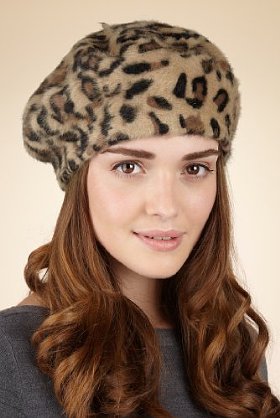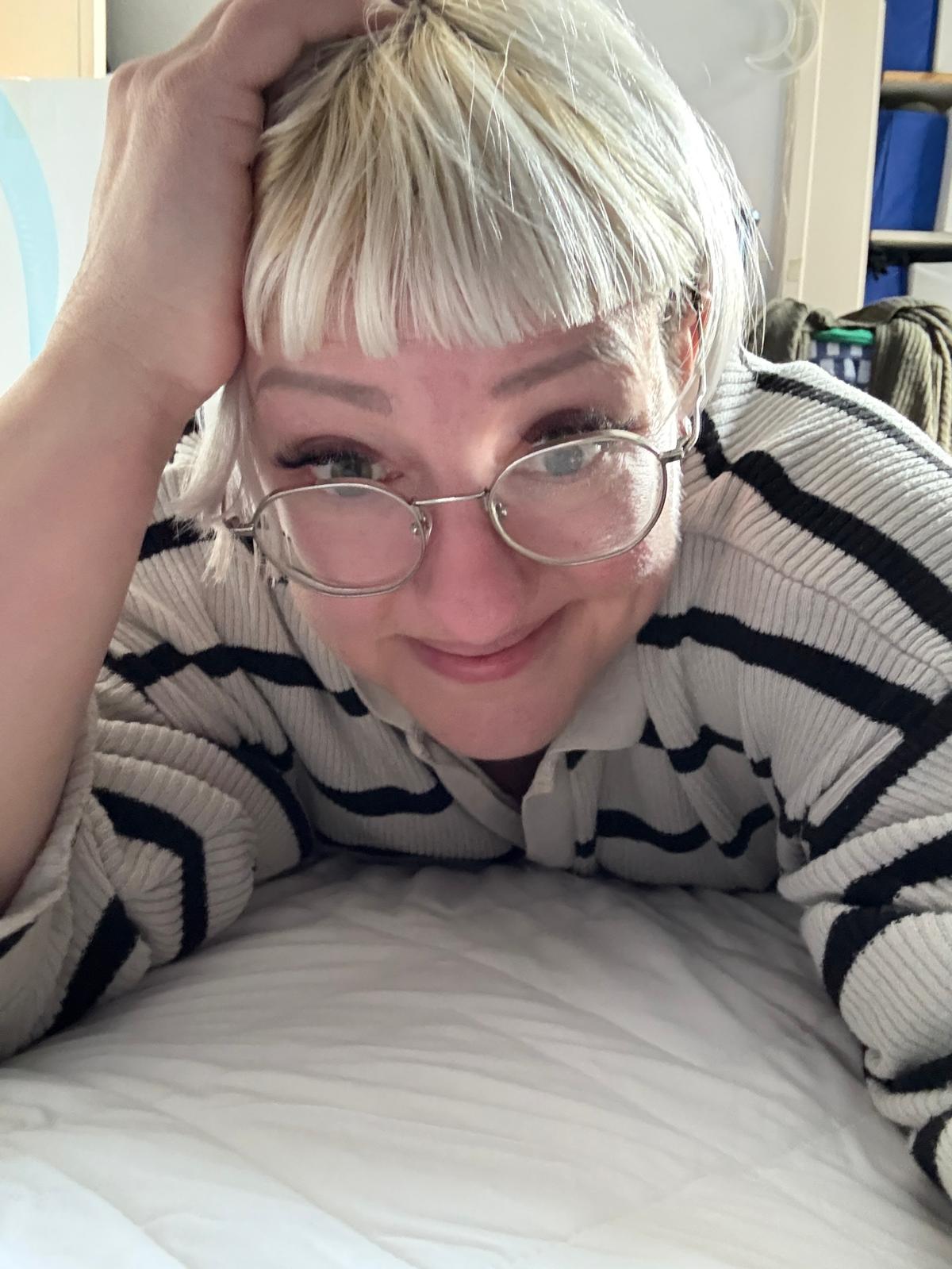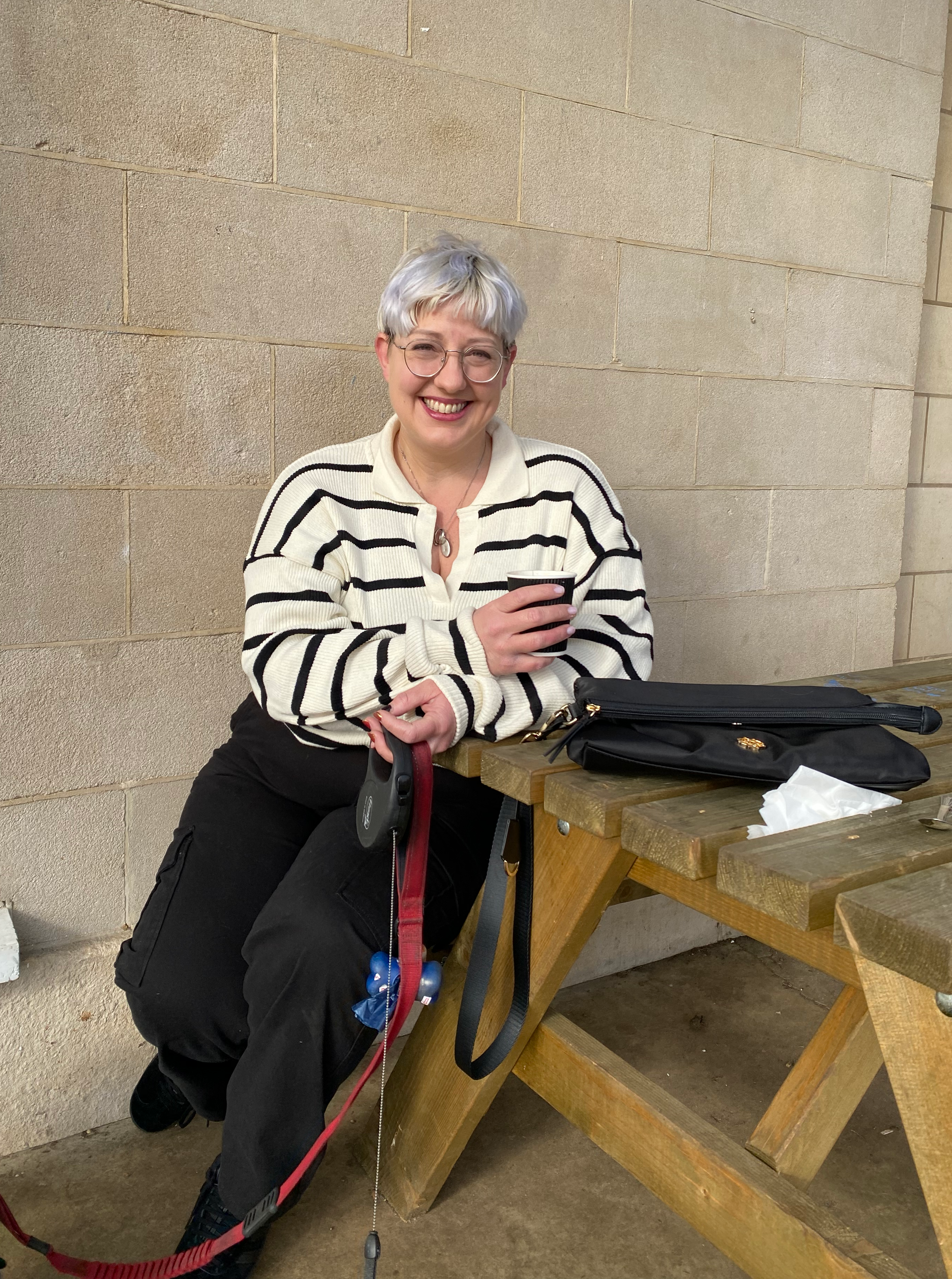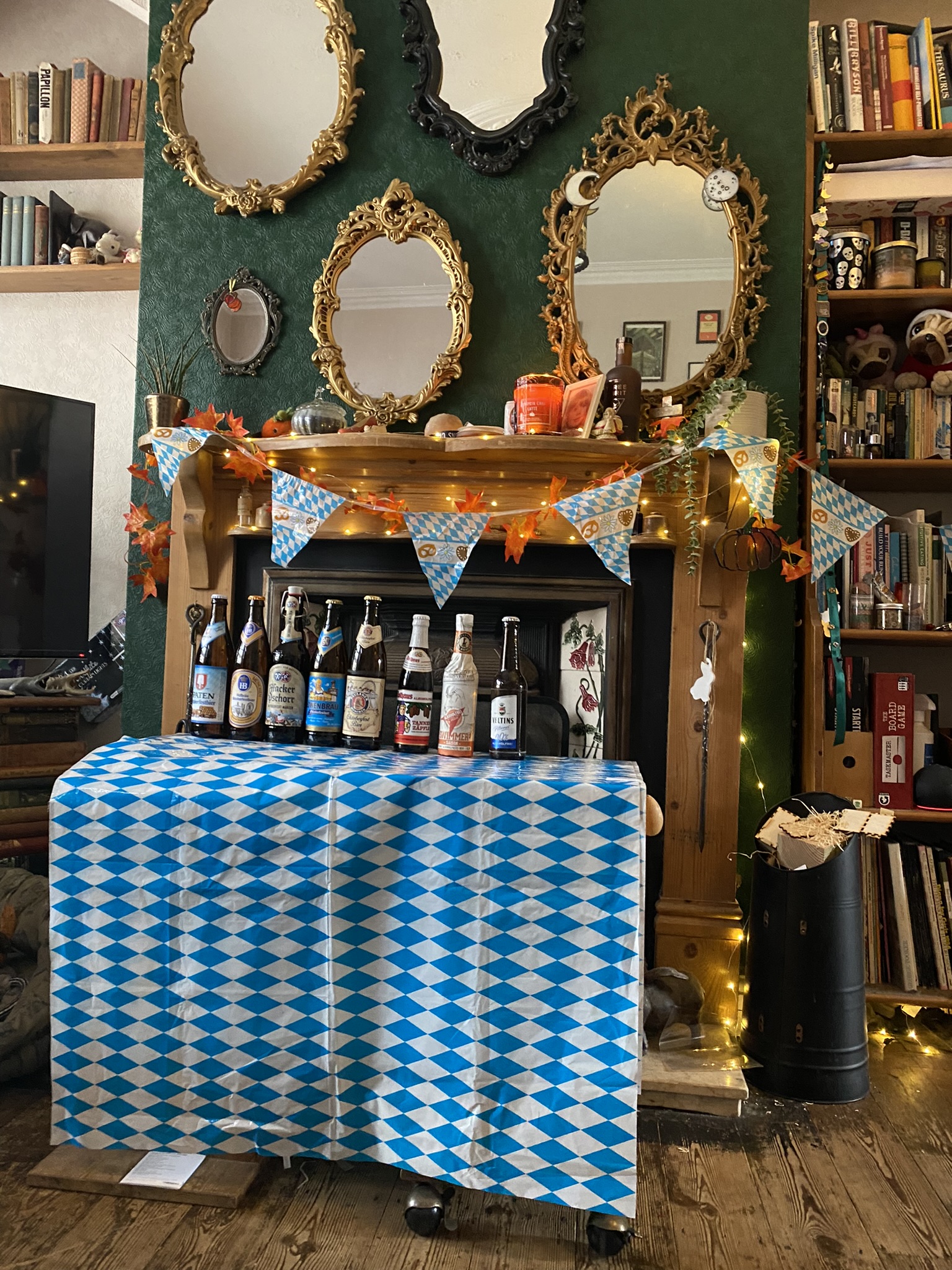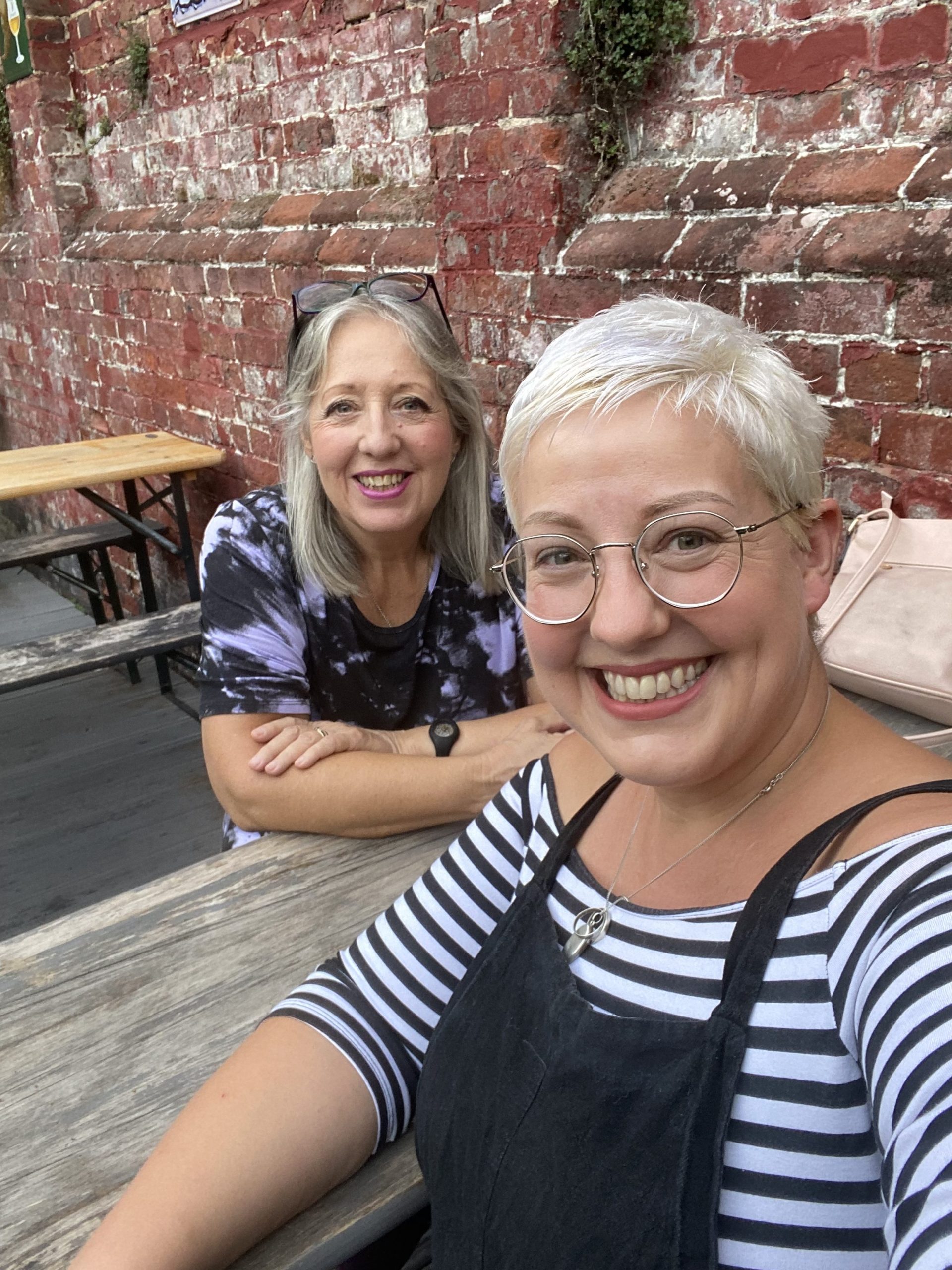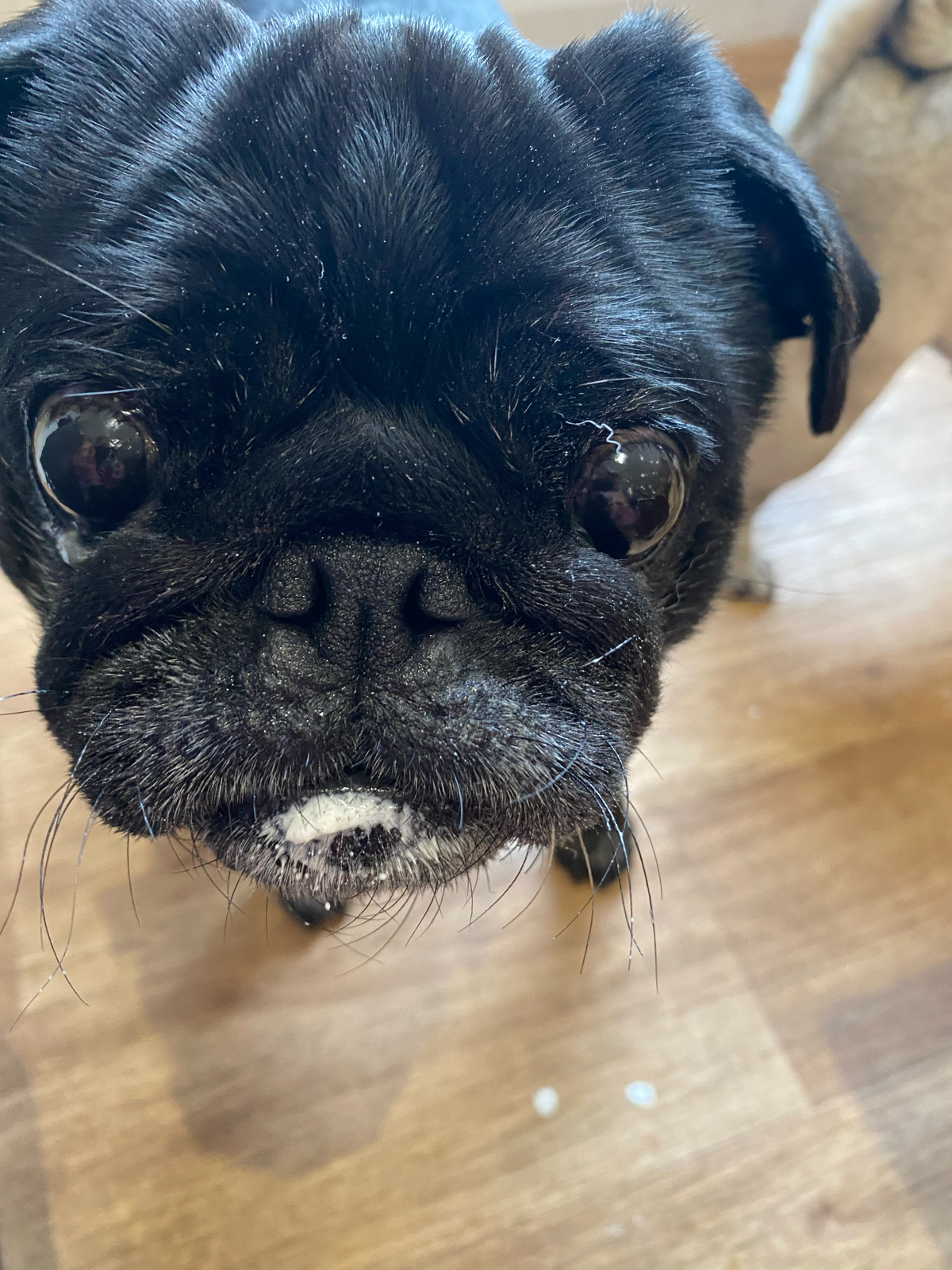I love berets, they’re the perfect versatile hat.
You can wear a beret in different ways to create a different look, they roll up small to stick in a bag or pocket to protect your locks from rain or wind and they come in a gazillion colours to match every outfit.
A beret is a soft hat, woven in one piece without a seam or bindings, and like many “classic” items of fashion has influences from the military, and is often still a part of modern military uniform.
The beret is actually very, very old indeed and similar styles of headgear have been worn since pre Roman times. They are particularly associated into the 18th and 19th centuries with the Basques around the Pyrenees with different colours being popular in different regions.
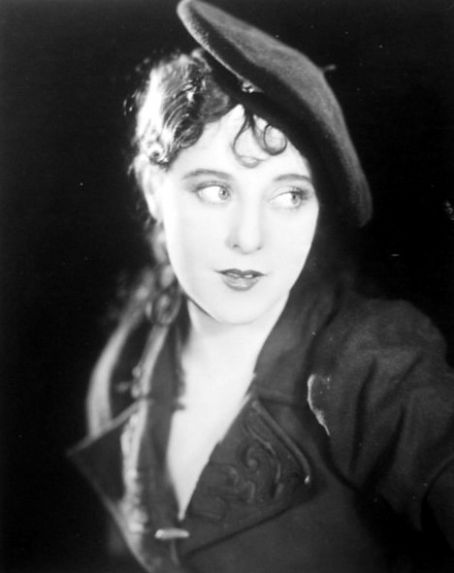
As ever I concern myself largely with it’s appearance in the early 20th Century as a fashion item, and it’s arrival as a classic fashion piece. In the 19th century beret making became industrialised, the first factory, Beatex-Laulhere, claims its production records go back to 1810, but many others followed and by the early 20th century the beret was a mass produced hat, popular with the working classes due to it’s no fuss style, cheapness and ease of production. At the time it’s associations were of non pretentious, down to earth basic utilitarianism, which made it popular with Bohemians and artists who were both not well off, and trying to perhaps portray their lack of interest in fashion.
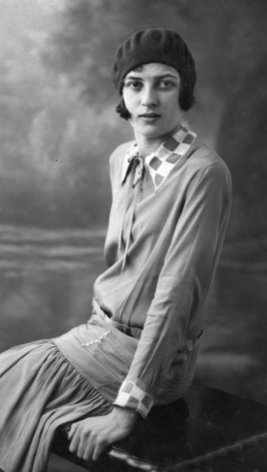
From the early 1920s the beret became popular as sportswear, and in keeping with the sportier styles of the decade made it’s move as an item of fashion.
In the 1920s they were sometimes worn pulled down over the ears, echoing the popular cloche hat style. From the 1930s it became more popular to wear them perched on the side of the head, pulled down over the ear.
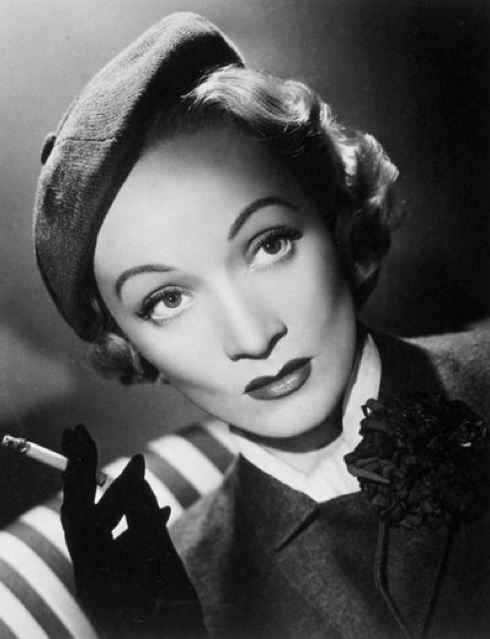
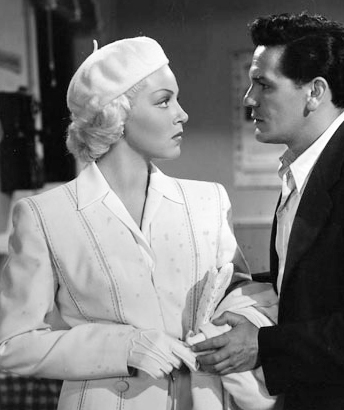
The beret continued to be popular throuhout the 1940s and by the 1950s they were well established as a fashion item. Hats started to fall out of fashion throughout the 1950s as hair styles became more elaborate and the beret again became more popular with counter cultures, being heavily associated with the beatniks of the 5os and 60s.
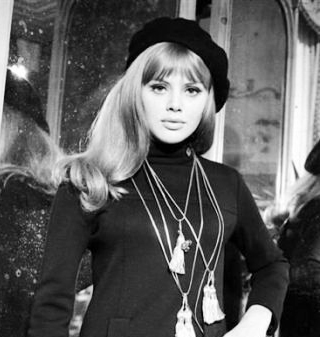
Berets are so versatile they’ve been adopted by revolutionaries, artists, fashionistas, the military, police, and the working classes. Like breton stripes, they’ve also remained a unisex item of clothing, though for men as a fashion item they are more commonly associated with artists and revolutionaries like Che Guevara in the 1960s.
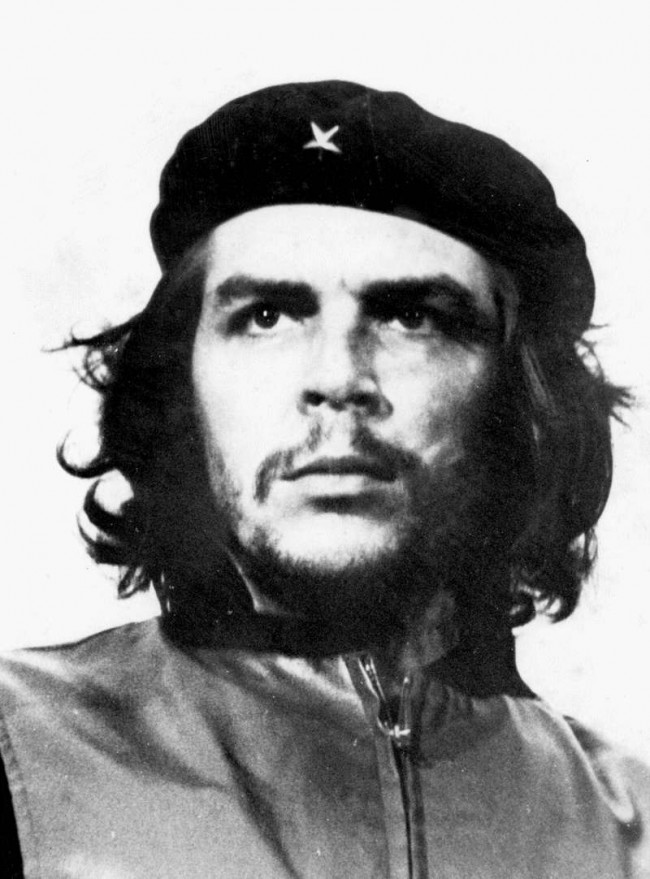
I have several berets in a variety of colours, most of mine bought off eBay, though a couple came from elsewhere, particularly 2 with bows on that came from Topshop. I like to decorate them with brooches sometimes to change the look, or I wear them instead of a scarf to cover pin curls in the winter.
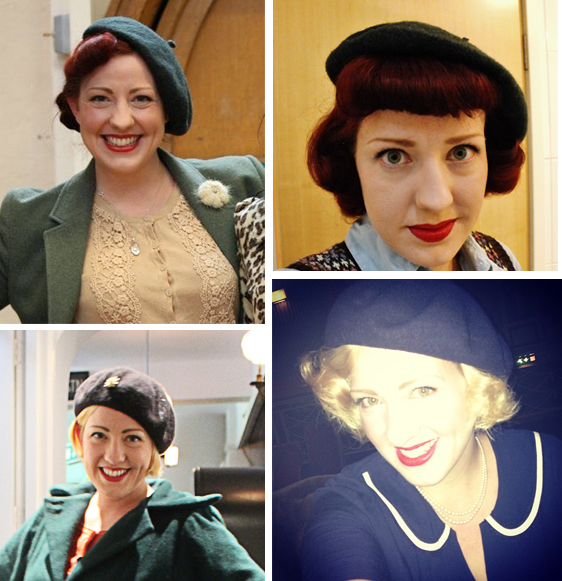
Here are some beret picks for all pockets.
Unisex basic wool beret – £3.99 eBay
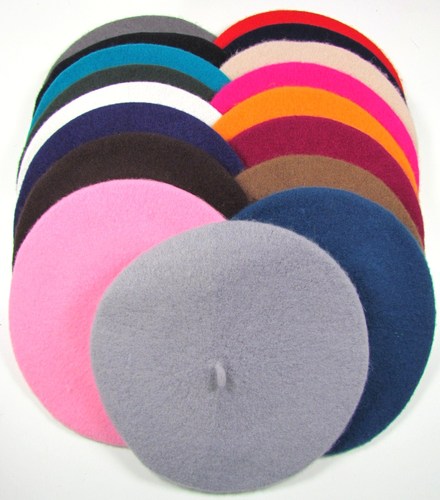
Wool Fashion Beret £6.95 Hats and Caps
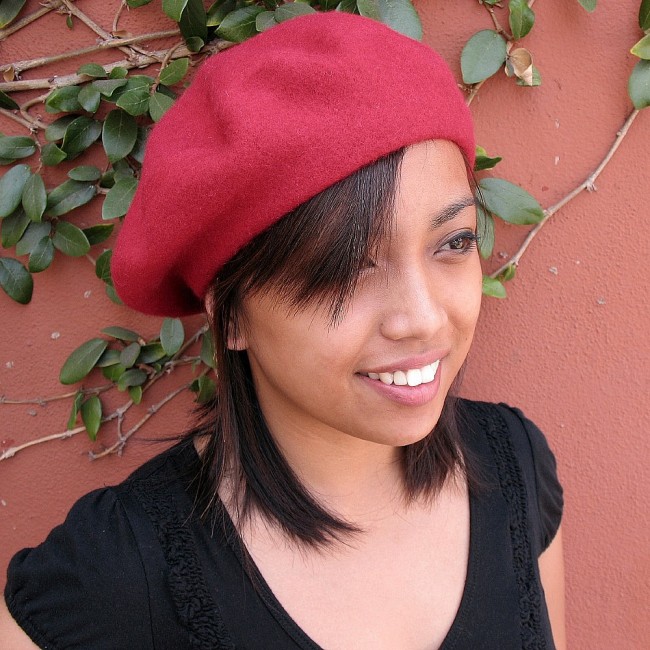
Twiggy for M&S Animal Print Beret – £15 Marks & Spencer
